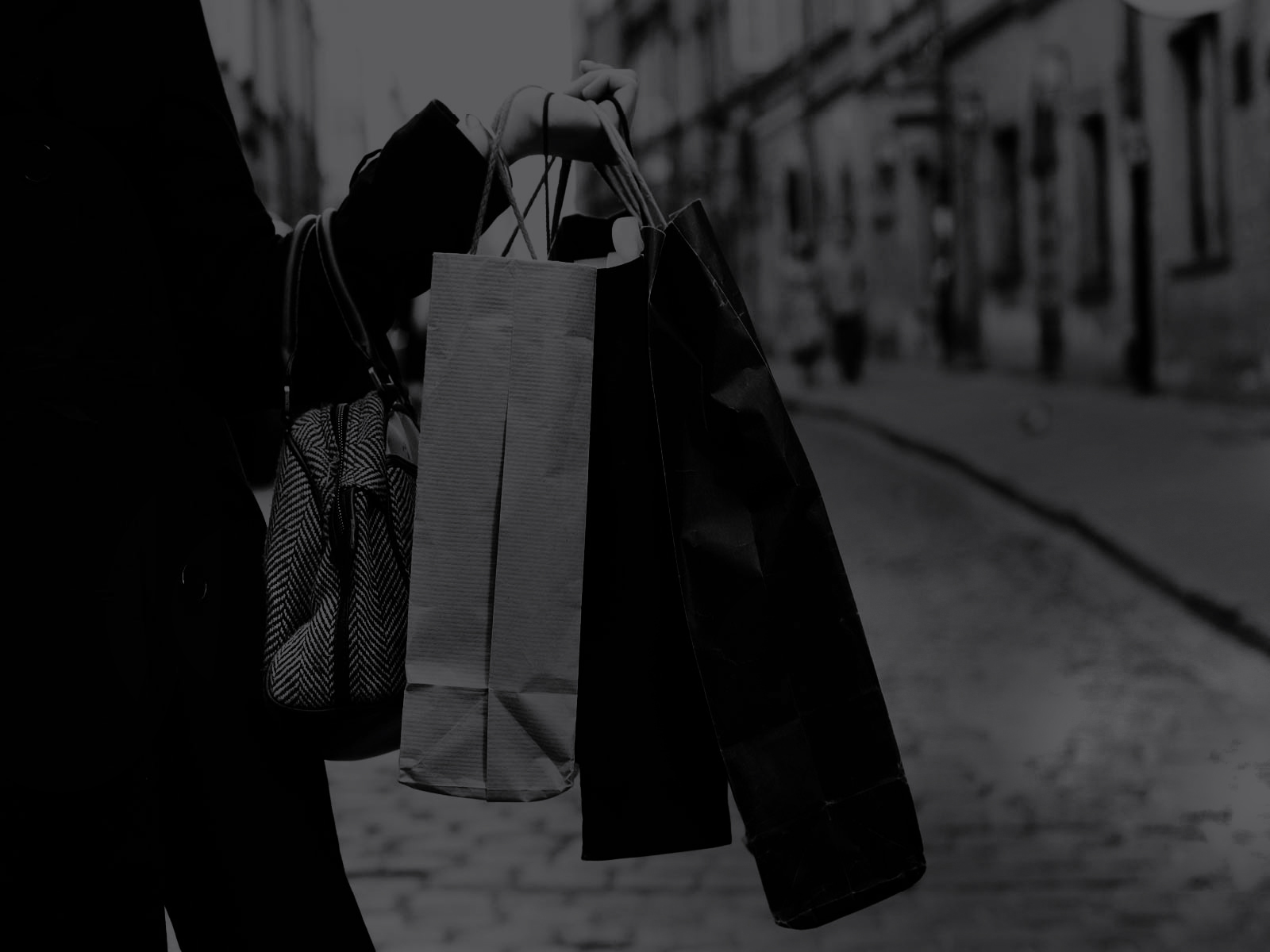Q- Why do brands matter so much?
A- Brands matter because they are deeply tied with intangible values and personal identity. They are things that people wear and carry with them, like amulets in traditional societies, and signify their community belonging and values. The more authentic and deep the relation you create around those values, the stronger the brand.
Q- When did marketers begin to grasp the concept of brands?
A- In the fifties, when the modern concept of brand was born, advertising started to focus not only on products and their functionalities, but also on their aura and immaterial benefits.
Back then, brands communicated with users through mass media. Now they speak directly to the user, and users speak to each other, making the relationship more intimate. So finding the right tone to speak to consumers is ever more important. The contemporary media landscape and the urban environment are extremely crowded. Low-key branding can be the most effective way to stand out from the background noise, especially if you are talking to a media savvy audience.
Q-What are the key ingredients to a good brand?
A- Any good brand should aim to fulfil basic needs in society. At Moleskine we identified four basic needs to work on:
Need for a blank space, to think. This is especially true with the shift to digital, as people need some log-off time to allow their thoughts to sink in. Only then are they ready to get on with executing ideas and projects. At Moleskine we are experimenting on this new territory with Evernote, a web service designed for notetaking and archiving. In an increasingly scattered IT landscape, we need aggregators to synch ideas.
Need to use manual skills. Again it is because of the digital revolution that people most appreciate the treat of handwriting and drawing. The DIY culture is booming thanks to web tutorials, making-of videos, how-to apps, etc. Take bicycles: at some point a flashy motor car is no longer a status symbol and people realise how effective and pleasant it is to move using your own body as an engine. This is why bicycles are booming among the global urban niches. As are handwriting and hand drawing.
Need for mobility and liminal space. We increasingly lead delocalised lives, especially people working in the media and cultural industries. They travel light and move from one inner urban circle to another, with their most precious belongings- data, notes, ideas, music- stored in the clouds. In all this traveling, spaces that lie between A and B are becoming increasingly important. Stations, airports, trains, streets, cafés, are among the most significant places of our lives, where we open up to writing, observing and reading. Far from being “non-places”, these are actually very interesting blank spaces for a brand to work on.
Need for identity markers. The space of mass media and mass thinking is shrinking. We live in a scattered social landscape. People need markers to identify their peers, globally. Once they have identified them, they need to communicate with them. That’s how brands are becoming “peer-aggregators”. It can only happen if your tone as a brand is inclusive. You can be high-end, without giving any feeling of exclusivity. No need for bling, the real luxury for our users is access to knowledge and time for cultural enjoyment and thinking.
Q- What do you see as some of the world's most powerful brands and why?
A- Apple, for example, has really changed the perception of technologies and digital devices. Wikipedia has changed the paradigm of access to knowledge and Creative Commons, the paradigm of property. Lego created an infinite world of games, with a simple concept (rectangle pieces).
Q-How can the power of brands be measured- by sales, the size of the social media audience, a brand’s history?
A- All of the above – but most of all, by the growth of a community associated with a brand, which only happens when people can relate to the brand’s values. We see it very clearly in emerging markets, such as Asia, where an approach rooted in consumers’ culture is often the most successful.
Q-What lies behind the success of the Moleskine brand?
A- We have a strong focus on storytelling. A notebook- the flagship object in our collection - typically collects stories. Avant-garde artists of the past used it to gather notes and sketches while in the streets, in cafés or while travelling. Everything we produce, from bags and pens to apps, stems from this history. We create tools to support creativity, to organise our time and ideas, against the backdrop of increased mobility worldwide. Take bags for example: you can conceive a bag as a fashion apparel, or you can conceive it as a container for the cloud of objects that defines your delocalised life. This is what gives us a unique cultural positioning.
Maria will be speaking at the Big Rethink on March 23rd 2013.




